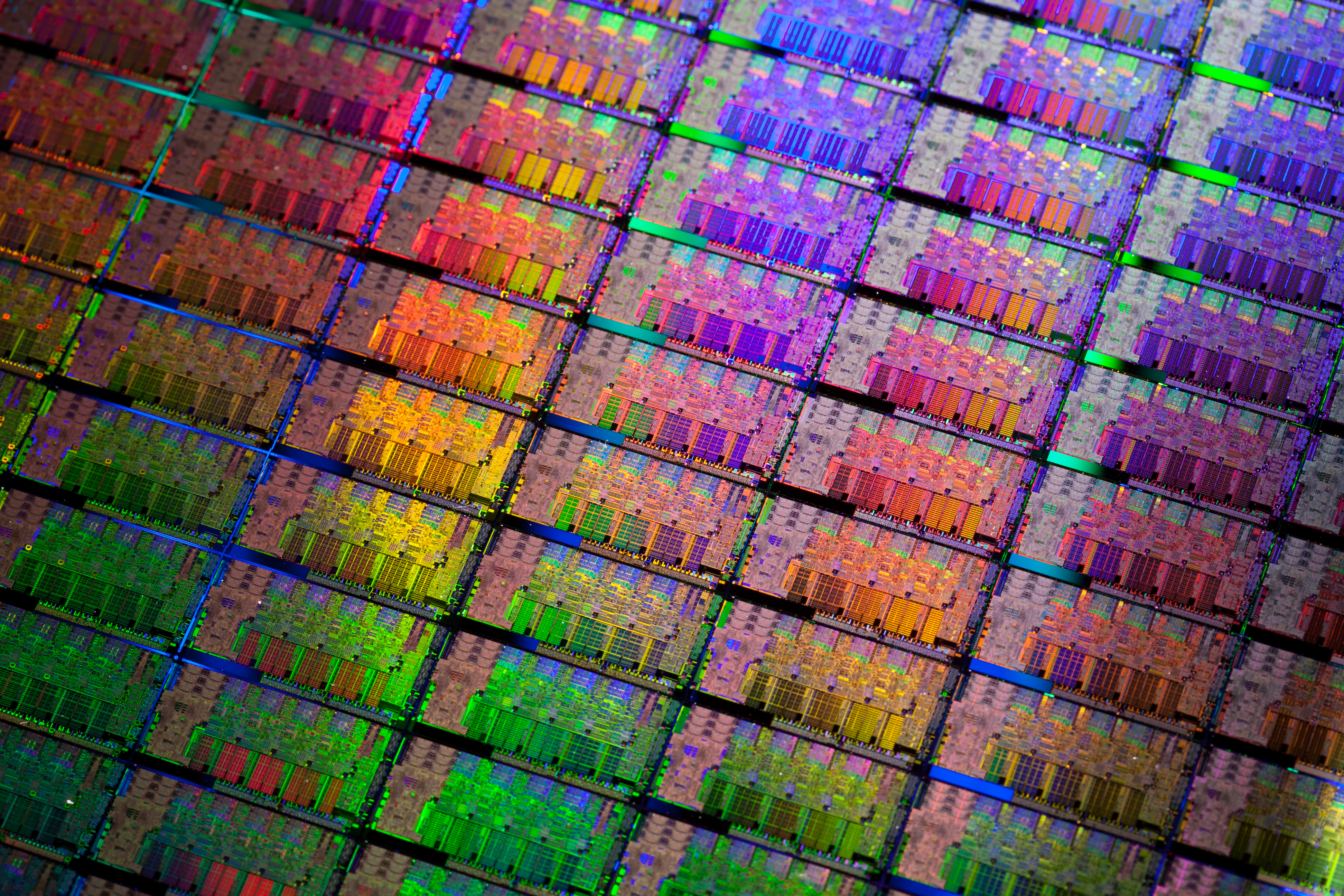Memory chip is a type of computer chip used to store information. A computer chip consists of an electronic circuit built into a chip of material, usually a wafer of silicon no larger than a fingernail. Computers generally use memory chips for primary storage—that is, to store information needed for immediate use by microprocessors. A microprocessor is a chip that controls computer systems and processes. Information not in immediate demand is saved on a secondary storage device, such as a hard disk, an external flash drive, or a DVD.
Memory chips store tremendous amounts of data. A single memory chip can store millions of information units called bits. In memory chips, bits are often organized in groups of eight, called bytes. A letter, symbol, or number takes up from 1 to 10 successive bytes of memory.

There are three basic kinds of memory chip: (1) random-access memory (RAM), (2) read-only memory, and (3) flash memory. Both RAM and ROM are random-access—that is, it takes the same amount of time to read any byte on the chip. RAM chips lose their memory when the computer turns off, but ROM chips do not. The computer can change data stored on RAM chips, but data stored on a ROM chip are basically permanent. Flash memory chips combine features of RAM and ROM chips. Data on flash chips can be changed, but are not lost when the computer turns off. Flash memory is used like a disk in many portable computers and digital cameras. Some newer computers use flash-based hard drives.
See also Computer (Memory chips) ; Computer chip (Memory chips) .
